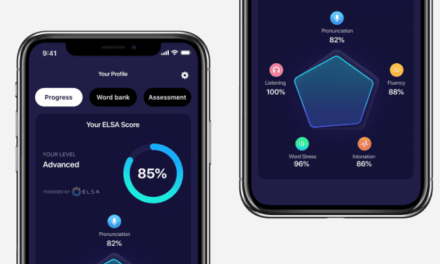Even though virtual learning has been gaining traction for awhile, the COVID-19 crisis accelerated the speed of adoption. According to the recent Fosway study, “How is COVID-19 Changing Learning?”, 71% of survey participants experienced increased demand for digital learning from end users. But that’s not all: LinkedIn’s 2020 Workplace Learning report showed budgets were continuing to shift from instructor-led training (ILT) to online learning. More specifically, 38% of those surveyed were already considering a decrease in ILT versus 58% increasing online budgets.
Since very little classroom-based training is currently taking place, an opportunity exists to tap the power of virtual learning systems to create new Learning & Development (L&D) paths as organizations start to upskill and reskill their workforce. According to IDC’s FutureScape Future of Work 2020 predictions, by 2024, two-thirds of employees in high-performing companies will shift from static roles to dynamic, outcome-focused reconfigurable teams. Clearly, L&D has been rapidly elevated to a function that determines whether a business survives or thrives in the future.
Reskilling, upskilling and increasing cross-functional collaboration are critical to the success not just for the HR department but for the entire business. Let’s imagine a sales B2B team that is used to interacting face-to-face with customers, and now must manage mostly remote interactions. With this shift, a full set of new skills needs to be obtained, such as organizing and hosting virtual meetings, managing remote teams, and leveraging collaboration tools. Likewise, consider about restaurant employees who are used to serving customers, but now must be trained in new skills with the much larger focus on take-out and home delivery. For example, the employees may require new skills on taking orders over the phone, web management, and logistics. All of this training needs to happen quickly. Get to know how SAP Learning supports upskilling and reskilling of your workforce with a special package including SAP Content Stream by Skillsoft and SAP Jam created for this purpose as a next possible first step.
Skills can and do expire. Organizations need people who can continually learn and adapt. And creating a continuous learning culture does not happen overnight. It goes well beyond having access to the right technology. Employees must understand the path of change, as one of the most important skills for them will be the ability to adapt and learn quickly. Organizations need to facilitate this as it was already a growing demand for talent acquisition and retention. In 2019 Deloitte Global Human Capital Trends, learning was rated high amongst human capital challenges, noting that employees today rate “the opportunity to learn” among their top reasons for taking a job (or for leaving it).
Furthermore, in PwC´s 22nd Annual CEO survey, 55% of CEOs responded the availability of key skills is an enormous stopper to be able to innovate effectively. In short, it a company-wide learning strategy is, more than ever, a strategic pillar for business continuity and success.
In this context, how can technology vendors help organizations on this new journey? Companies like SAP SuccessFactors offer an end-to-end people management solution, of which our Learning solution is an integral part of. In addition to strong capabilities for managing formal training, we offer intelligent learning capabilities such as machine learning-driven learning recommendations and a strong focus on an immersive engaging learner experience. We also integrate innovative approaches such as learning-in-the-flow of work where the employee is offered relevant micro-learning options while they work in several applications without having to access the learning platform.
Organizations expect that learning is not isolated from other systems but embedded in their HR solutions or even beyond that as part of enterprise processes. Learning should proactively support upskilling through career development paths. Automated learning offerings should help learners to “move from here to there.” Learning resources should help to improve gaps identified in performance reviews by identifying skills-driven learning paths that support goals development.
As organizations leverage new technologies to improve their learning and development solutions, or employees are under new working conditions like remote learning, it’s critical to listen to and constantly integrate employee feedback. With Qualtrics experience data, learners can receive and provide constant feedback for continuous improvement.
To conclude, change in learning is here to stay, personalized and an intelligent learner experience is more important than ever. Businesses need to embrace digital transformation and create a continuous learning culture to survive and thrive. An enterprise wide, unified yet expandable learning strategy that develops increased agility is and will be key to achieve this.
By Tolo Vinent, Senior Learning Solution Advisor , SAP SuccessFactors EMEA Center of Excellence
This article was found at https://www.forbes.com/sites/sap/2020/09/01/the-future-of-learning-and-development-a-new-paradigm-or-an-acceleration-of-existing-trends/#6a553e296a4b






Recent Comments